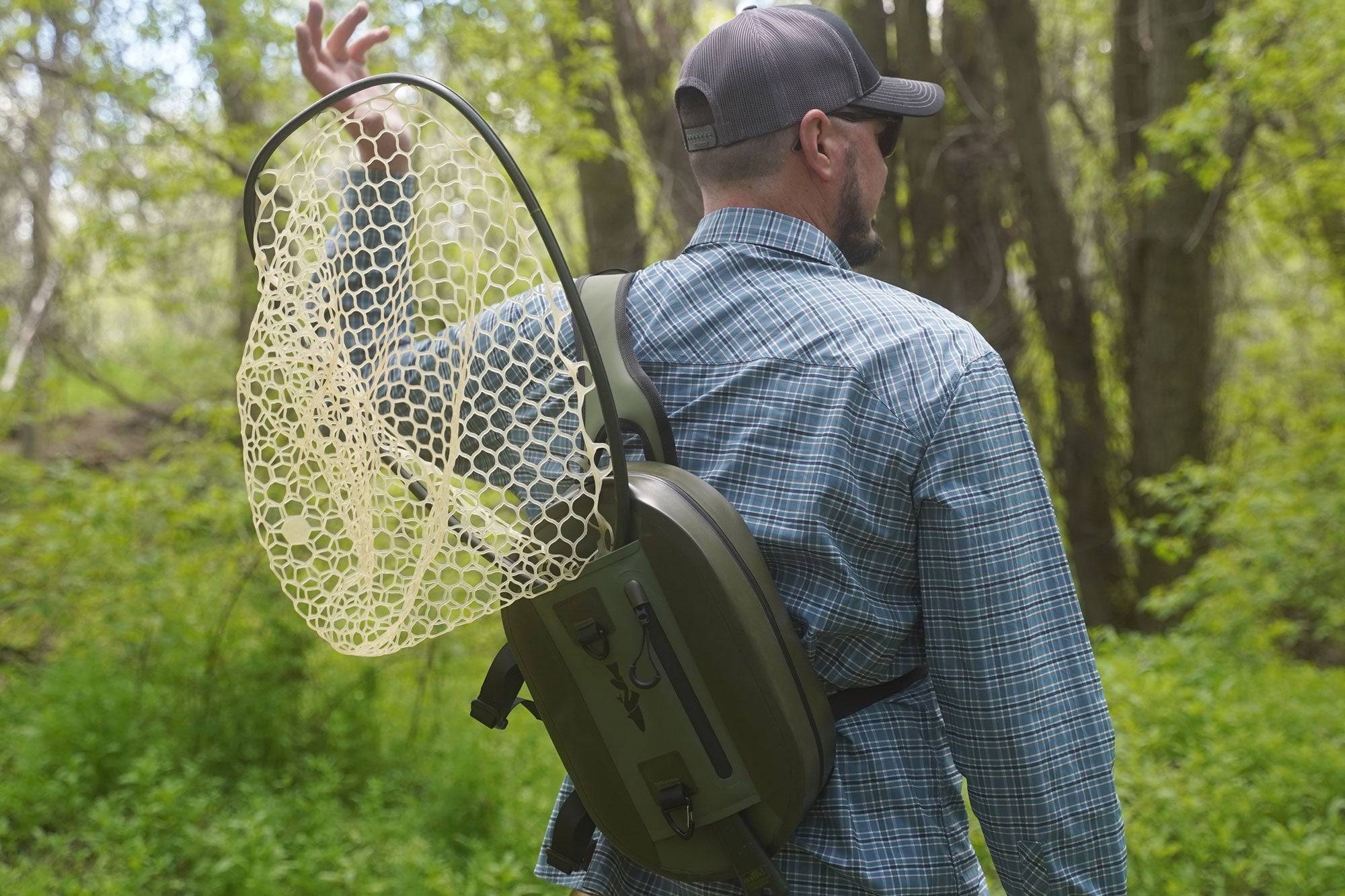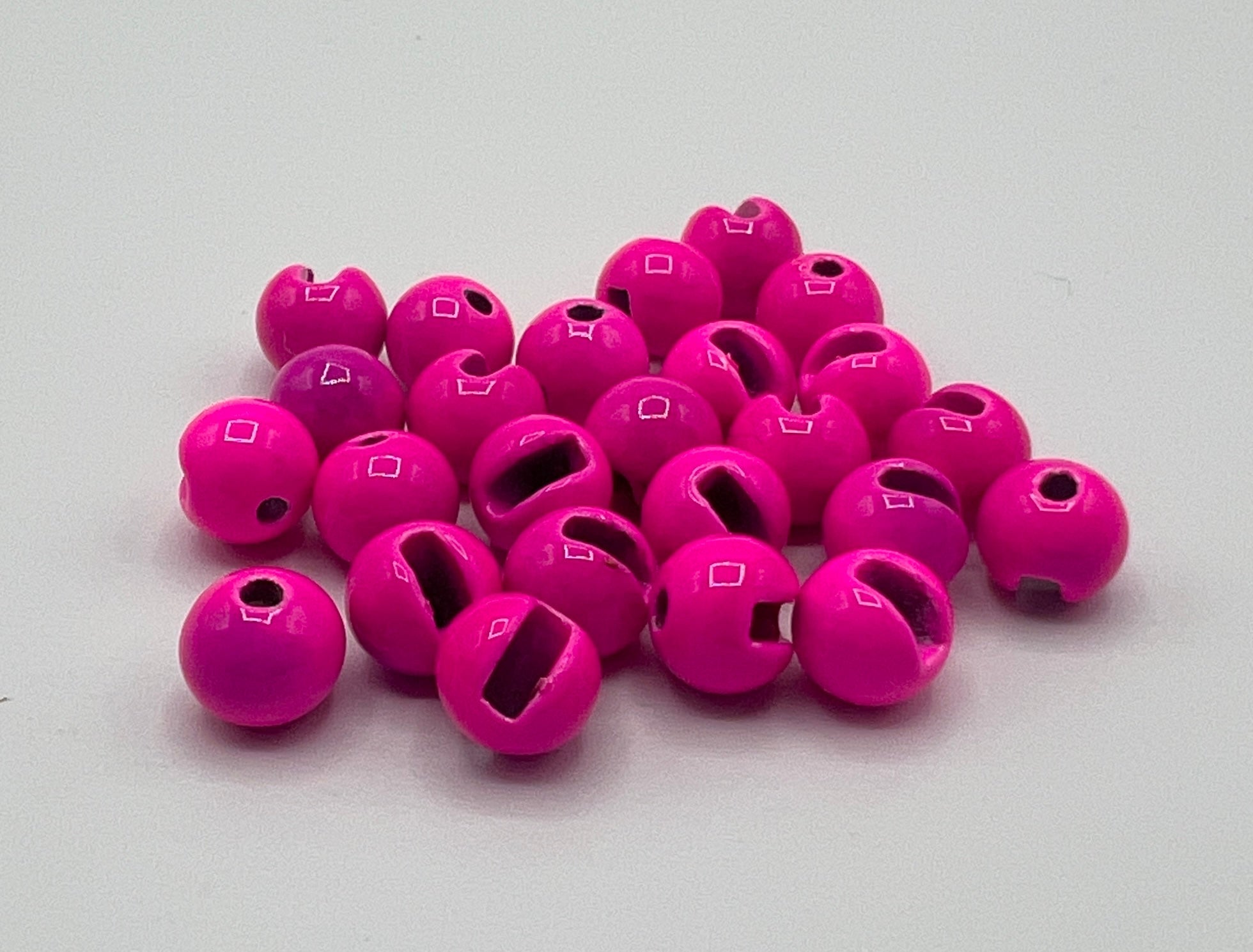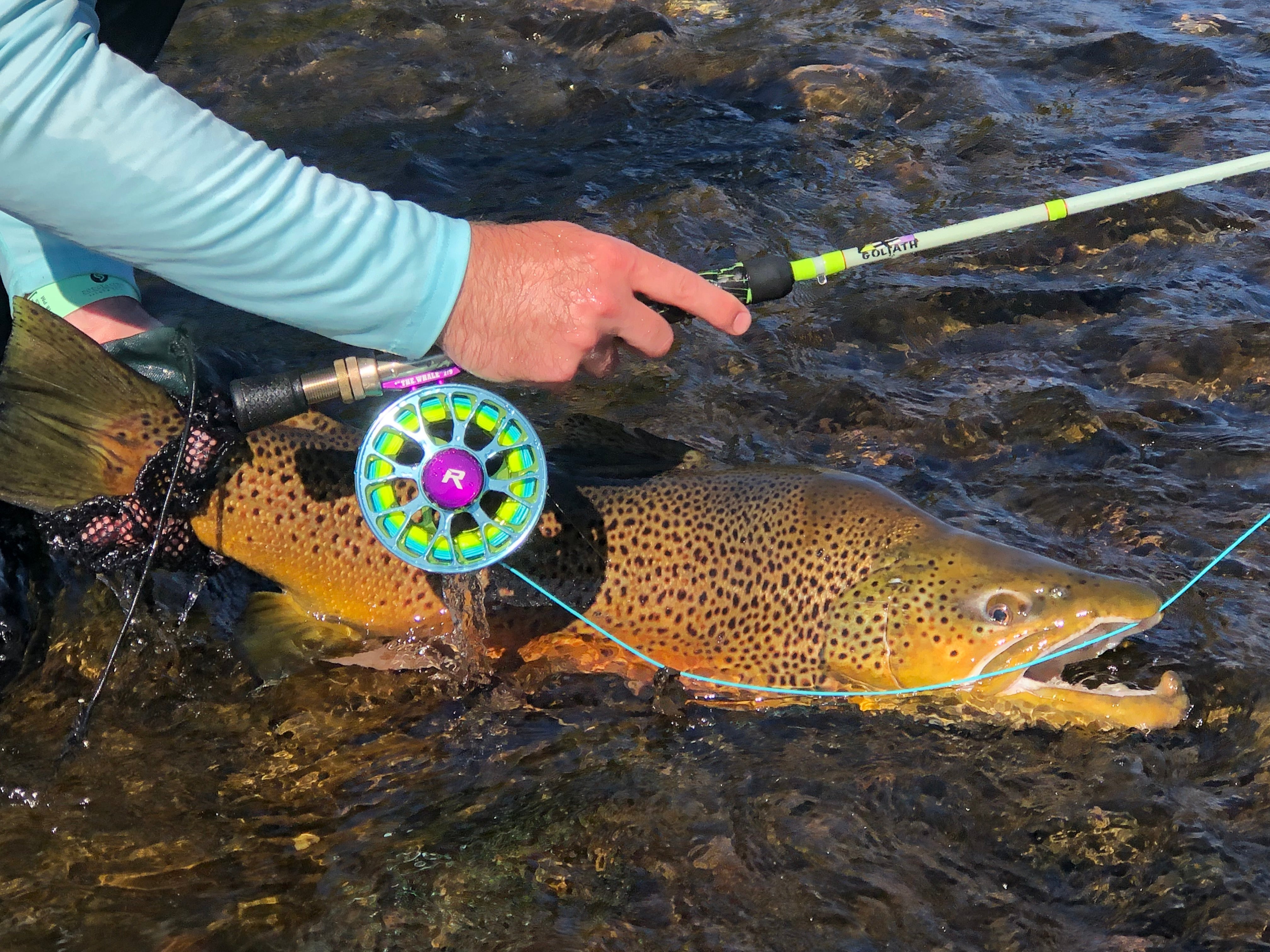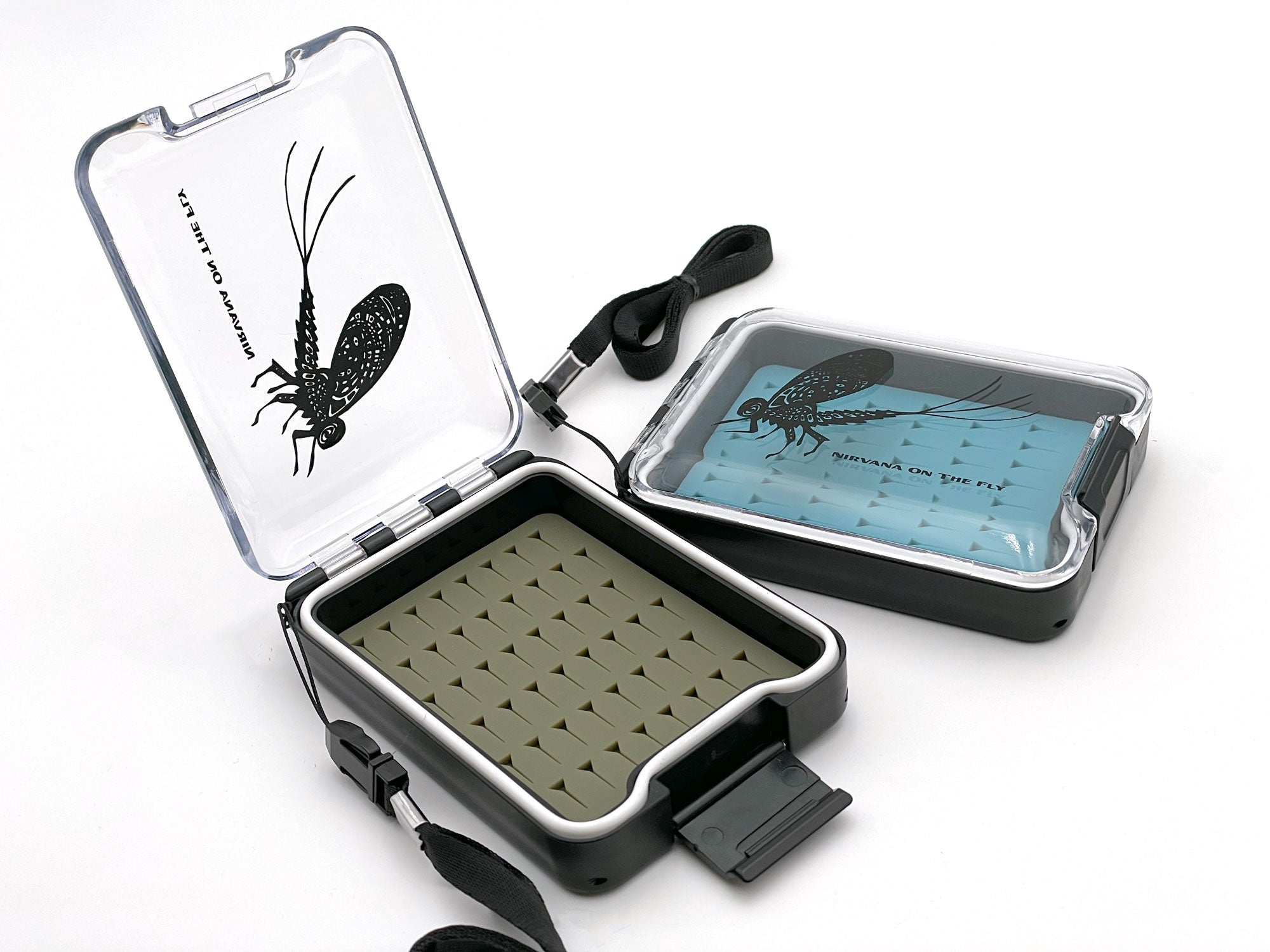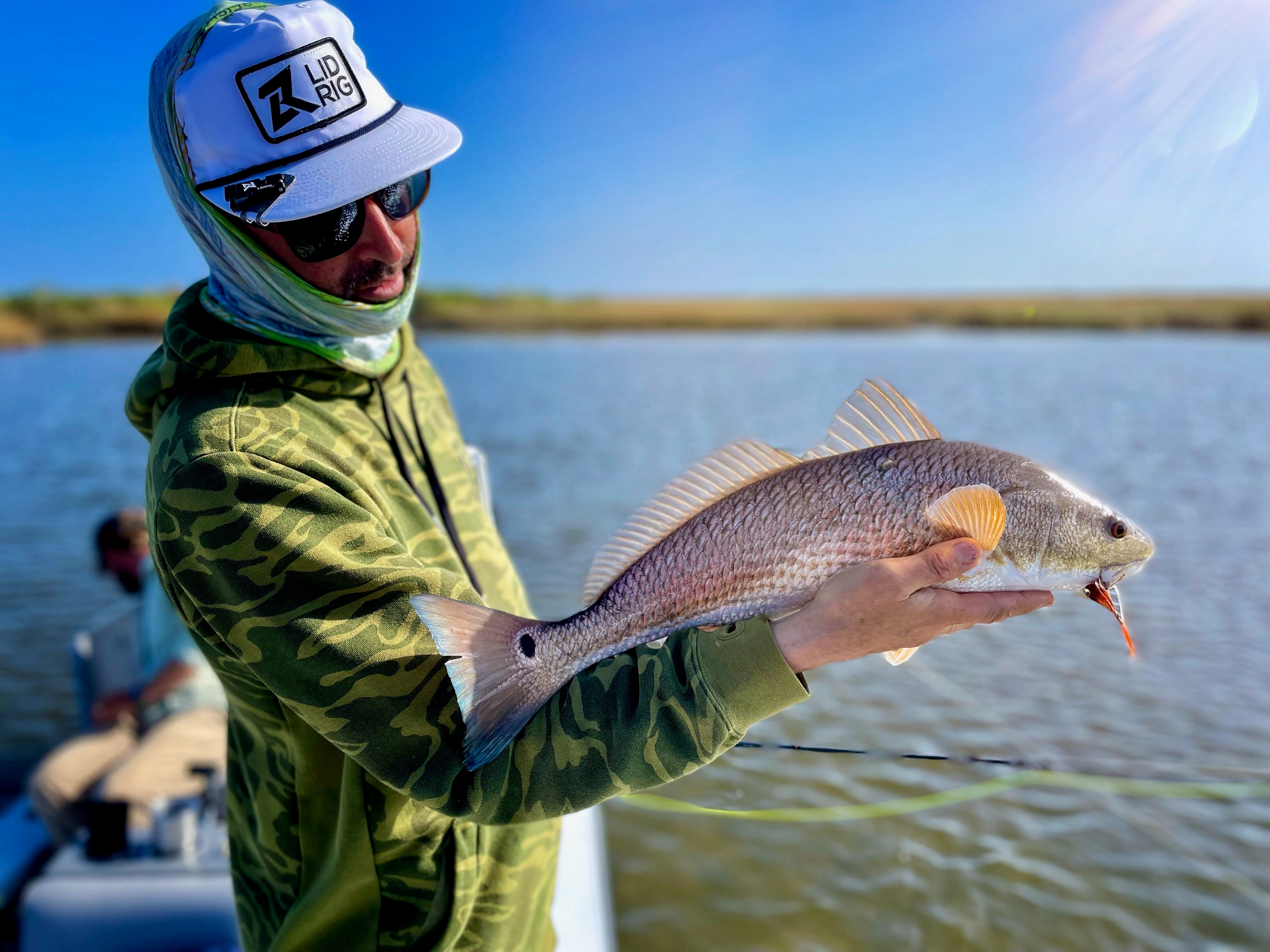The evolution of the fly fishing rods is quite interesting. The technology and craftsmanship that have shaped the sport as we know it today are full of twists and turns from anglers, engineers, and designers from all over the world. The technology has ebbed and flowed with the needs of the angler and what we have available today, in comparison to, the past is simply remarkable. The intricacies and nuances available now as well as the quality and craftsmanship from even the least expensive overseas-created rods are simply astonishing.
The Early Days: From Wood to Bamboo Fly Fishing Rods
Originally, fly fishing rods were simple wooden sticks, effective but lacking durability and cost efficiency. As fly fishing gained popularity in Europe, especially in England and Scotland, anglers began experimenting with different woods, seeking the perfect balance of flexibility and strength. Ash, hazel, and willow were popular choices. The production difficulty remained with all the woods and the durability in care was a significant factor.
The late 18th century introduced a revolutionary material: split bamboo. H.L. Leonard Rod Company, established in the 1860s by Hiram Leonard, was a pioneer in bamboo rod making. Leonard's rods, known for their craftsmanship and balance, set a new standard in fly fishing. Other notable manufacturers of this era, like Hardy Brothers in England, also played a significant role in refining bamboo rod construction, making them lighter and more resilient. To this day when someone uncovers a bamboo rod there is always a smirk of a smile on their face and mystery as to when and where it originated. The feeling of bamboo is said to be something you can’t describe and for many, it is a cult-like following.
I can recall a friend telling me his story of guiding someone on the White River in Arkansas with a bamboo rod. They were fishing a caddis dry dropper setup and drifting along. As the day progressed the angler was getting bites and low and behold a nice one came along to eat the caddis dropper. After fighting and finessing the fish the guide was able to get a glimpse and it was quickly determined that this fish was of size. After fighting on lighter tippet and seeing multiple runs the two of them were able to land a 30-inch brown to complete the day. From both of the angler’s perspectives, had it not been for the flexibility and finesse of that rod who knows if that fish would have been landed?
The Introduction of Synthetic Materials to Fly Fishing Rods
The mid-20th century saw a significant shift with synthetic materials. Fiberglass rods became mainstream in the 1940s, offering an unprecedented combination of durability, affordability, and ease of use. Shakespeare, an American company founded in 1897, became a household name with its affordable and mass-produced fiberglass rods. Fenwick, established in 1952, also contributed significantly to the popularity of fiberglass, especially with their innovations in rod blank technology.
Nowadays I’ve seen inexpensive Eagle Claw rods purchased and fished for fun just because of the feel. There are even blogs completely dedicated to fiberglass like The Fiberglass Manifesto. Again, another cult following on rods and a giant leap in rod manufacturing.
With synthetics, rod manufacturers had far more control over design and manufacturing. Controlling costs, design elements, and so much more. Now the idea of actually designing something that was highly repeatable and could be micro-tweaked was a scenario. However, the rods were still very soft and slow and had significant weight to them. The battle between bamboo and fiberglass rods was at its highest point but many were seeing the advantages of new technology.
The Carbon Fiber Revolution
The 1970s ushered in the era of carbon fiber, a material that dramatically altered the fly fishing landscape. Sage, founded in 1980, became synonymous with high-quality carbon fiber rods, known for their strength, lightness, and sensitivity. Orvis, a long-standing name in fly fishing established in 1856, also embraced carbon fiber, combining traditional rod-making craftsmanship with modern technology. G. Loomis, another key player founded in 1982, pushed the boundaries further with their innovative rod designs and high-modulus carbon fibers, offering enhanced performance for serious anglers.
Of all of these advancements, carbon fiber leads the race. The new materials offered so many variables that we were in favor of the designer. Designs improved, manufacturing improved, cost reduced and quality assurance with repeatability was phenomenal in comparison to former materials.
Modern Advancements: Innovation Continues Driving Production
Today, the quest for the perfect fly fishing rod continues. Scott Fly Rods, known for their handcrafted rods and innovative design, integrate new materials like boron for added strength and sensitivity. Thomas & Thomas, with their focus on bespoke quality and performance, continues to cater to anglers looking for personalized craftsmanship. Rod manufacturers like Hardy have adopted along the way and still produce extremely high-quality fly fishing rods in a multitude of materials.
With the move of manufacturing to places like China, Korea, etc. the expense of production has improved in many ways. This was and advent of Sage moving their lesser expensive rod label, Redington, to Asia. Initially, it was to lower cost but when they taught all of the assembly techniques the quality soared and costs stayed down. Since this time the manufacturing secrets have leaked and many organizations are now finding capable suppliers that can make high quality products and in smaller batches. This has had a tremendous effect on the number of quality and available rods on the market. Although, a made outside of the USA rod may not be for everyone, many are entering the sport with these well produced rods and later making a decision on whether to by USA Made or not.
Interestingly, and due to mass production, modern advancements also see a focus on environmental sustainability. Companies are exploring eco-friendly materials and manufacturing processes to reduce the sport's ecological footprint, ensuring that the beauty of fly fishing can be enjoyed by future generations. Additionally, organizations like Emerger Strategies are working hard to convert all kinds of fly fishing organizations into environmentally sustainable business by introducing plans for zero emissions, etc. You can listen to a podcast with the owner and chief evangelist, Rick Crawford and myself to learn more about along with great fly fishing advice.
A Legacy of Innovation
Fly fishing rod history is a fascinating journey of innovation and adaptation to be explored. From the humble wooden poles of yesteryears to the sophisticated carbon fiber and boron rods of today, each advancement reflects a deeper understanding and respect for the hobby and the natural world it engages with. As technology continues to advance, the evolution of the fly fishing rod promises to bring even more exciting developments, blending tradition with innovation in the pursuit of the perfect fishing experience. What I’m loving most out of all of this is that fly fishing rods are now becoming so affordable that a “cheap” rod of today is often better than one of years ago. Secondly, with new more inexpensive manufacturing the ability to be hyper targeted on rod type by style is affordable and achievable from a production standpoint. If you enjoyed this article and want to learn how the rod length innovations have changed modern day mymphing you would enjoy this one as well. Rod Length Affects on European Nymphing | Fly Fishing Insider Podcast
Wet Nets!

By Christian Bacasa
Host of the Fly Fishing Insider Podcast
www.ffipodcast.com
@flyfishinginsiderpodcast
@dupeafish


